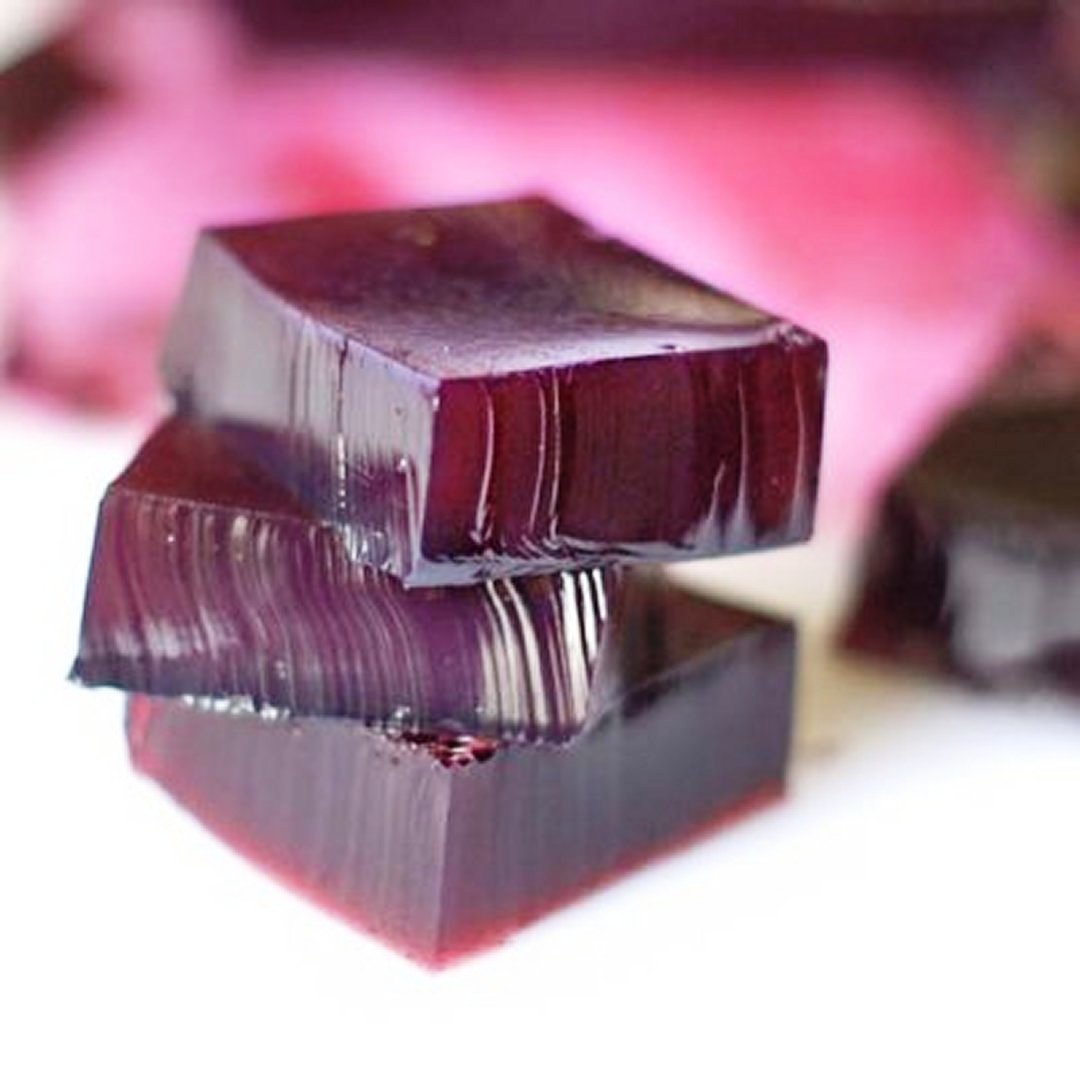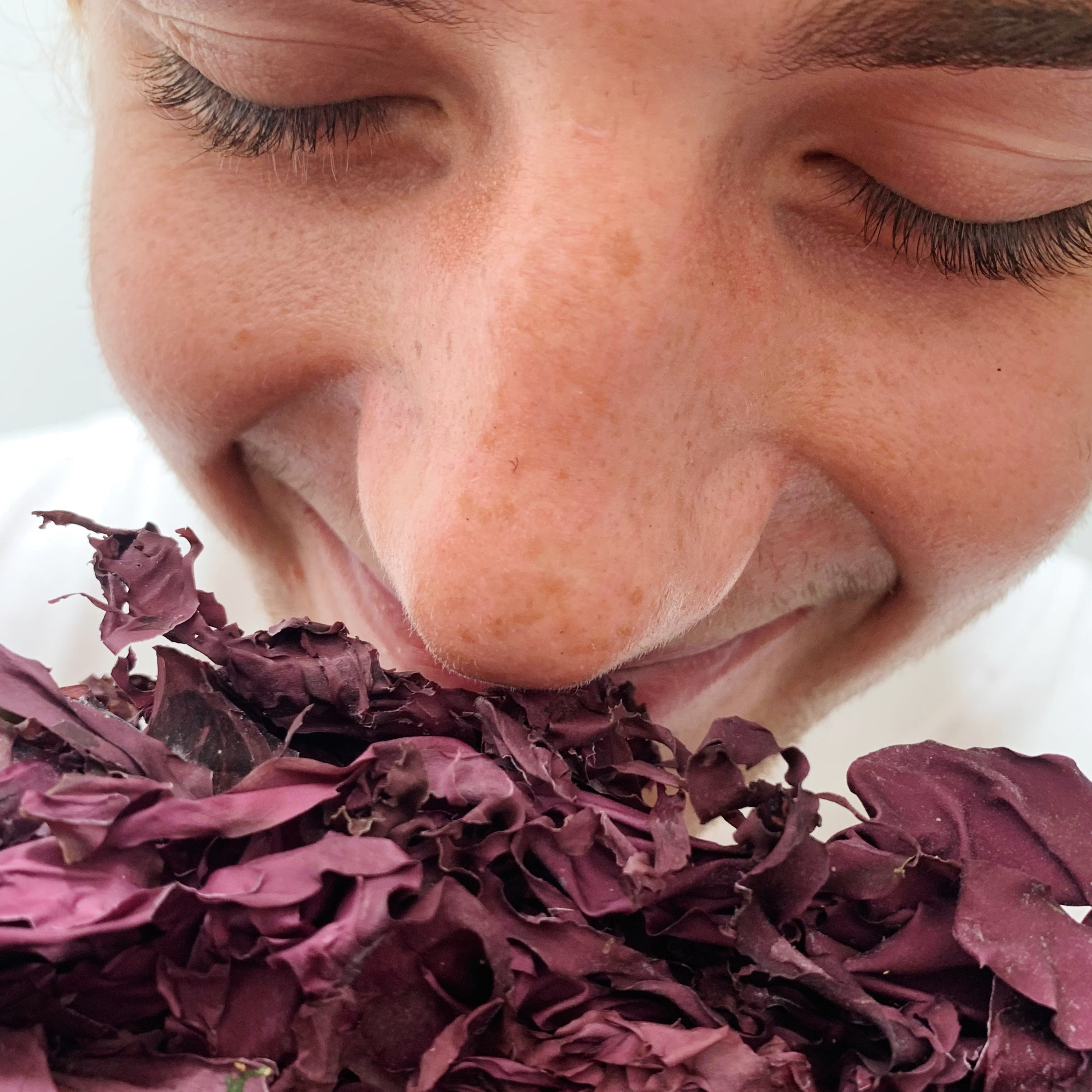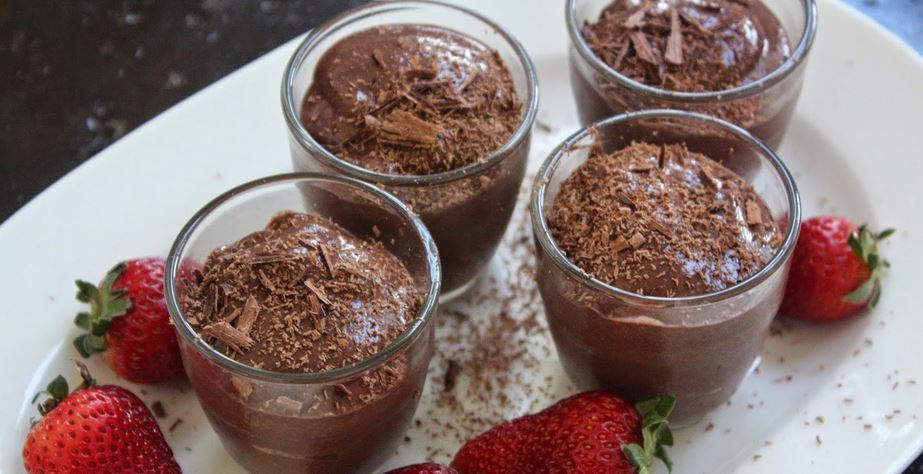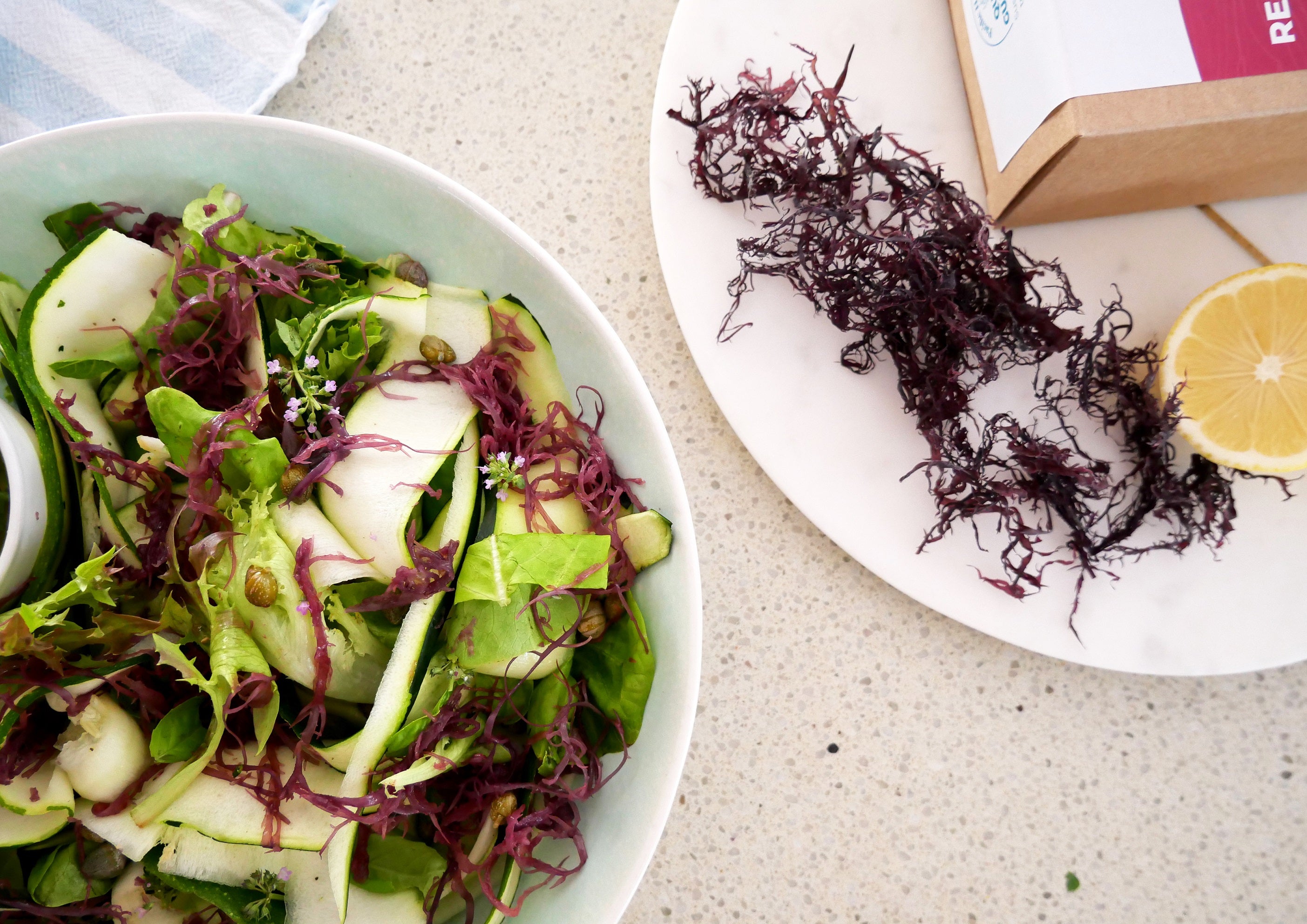Here are our 8 top tips to working with Agar powder, that will help you get the best from this incredible superfood!
Using Agar as a vegan alternative to gelatine in your baking, or as an egg replacement is not only a way to achieve a better consistency in your preserves and dressings, but also as a wonderful human health supplement.
Add agar into your cooking and enjoy experimenting with all of the different ways in which you can use it today! Read more about the incredible health benefits of Agar here.
Here are our tips:
- A little goes a long way – measure your agar! Check our guide for how much you should use
- ‘Blooming’ and bringing agar to the correct temperature are key factors in enabling the gelling power – not too hot, not too long!
- Agar needs to ‘bloom’ or rehydrate in liquid first for 8-10 minutes before applying heat. This activates the thickening agent in the agar. Agar must be heated to 85-90°C or it won’t melt, but make sure to not let it boil for too long past melting point as this can harm its gelling ability.
- Make sure to stir the agar constantly until it completely dissolves to avoid it sticking to the bottom of your pot or pan.
- The acidity of the liquid used will impact the gelling ability of the agar. A more acidic liquid will require more agar powder to set. Agar breaks down and doesn’t set if exposed to the enzymes of certain raw tropical fruits such as: kiwifruit, papayas, pineapple, peaches, mangoes, guavas, and figs. These fruits contain an enzyme (bromelin) that can prevent agar from setting. If you are using these fruits, heat them before adding agar to break down the enzyme and allow the recipe to set successfully.
- Agar will set at room temperature, so pour the agar mixture into a serving dish while it is still hot or warm. Once the agar sets, it will not reset properly once disturbed! However unlike gelatin, agar can be re-melted if necessary, so don’t worry!
- To test whether your dish will set properly, spoon a small amount on a cold plate – it should set in 20-30 seconds. Add more agar or liquid to fix this.
- Jelly made with agar may ‘sweat’ in humid weather. To prevent this, dissolve 1 tsp of cornstarch (corn flour) with the agar into the liquid that you are cooking it in.

Try Agar as an egg substitute or alternative to gelatin in raw and vegan friendly recipes.
Disclaimer: This material is provided for educational purposes only and is not intended as a substitute for professional medical advice, diagnosis, or treatment. This information may not include the very latest research. We encourage you to do your own research and discuss your findings with a qualified health practitioner who can help you validate the outcomes in the context of your specific & individual health situation.




